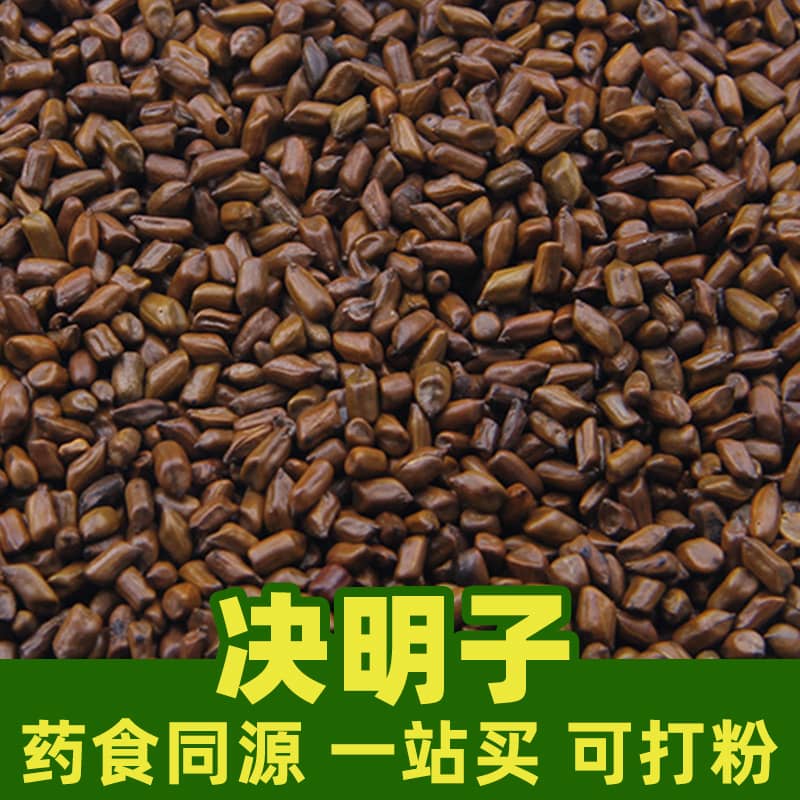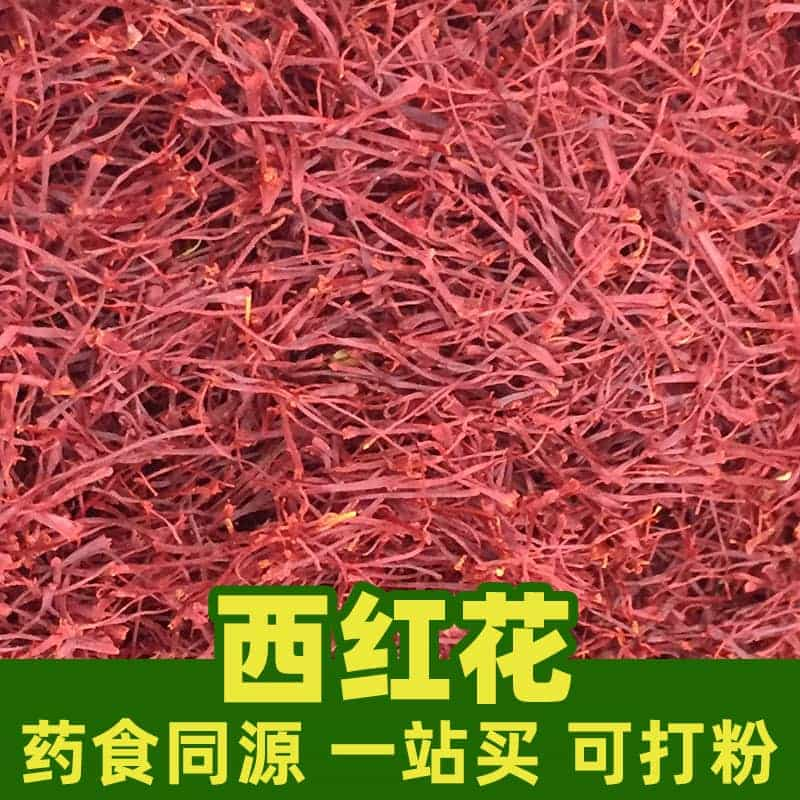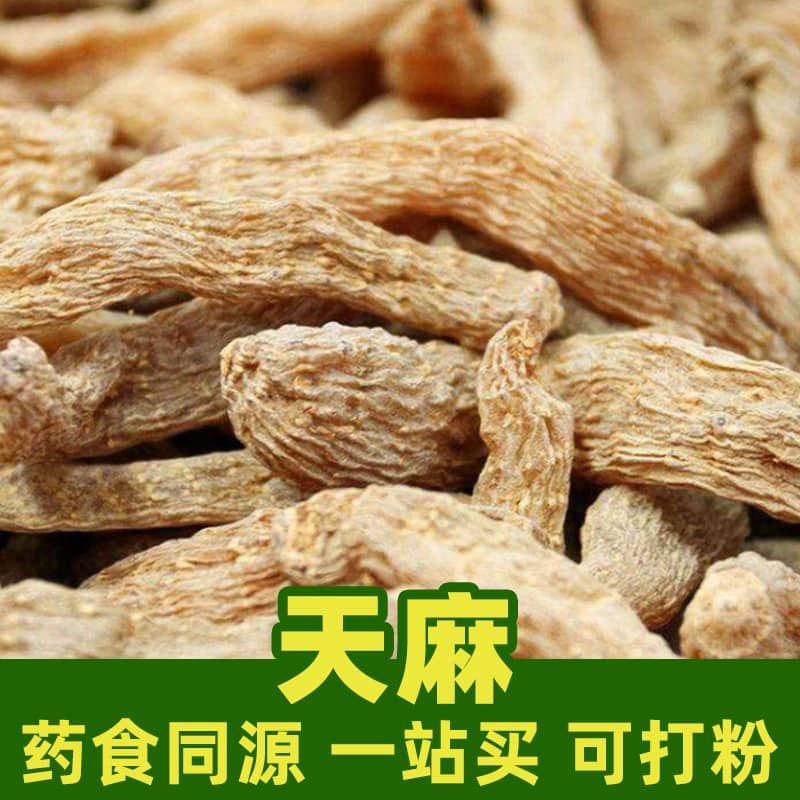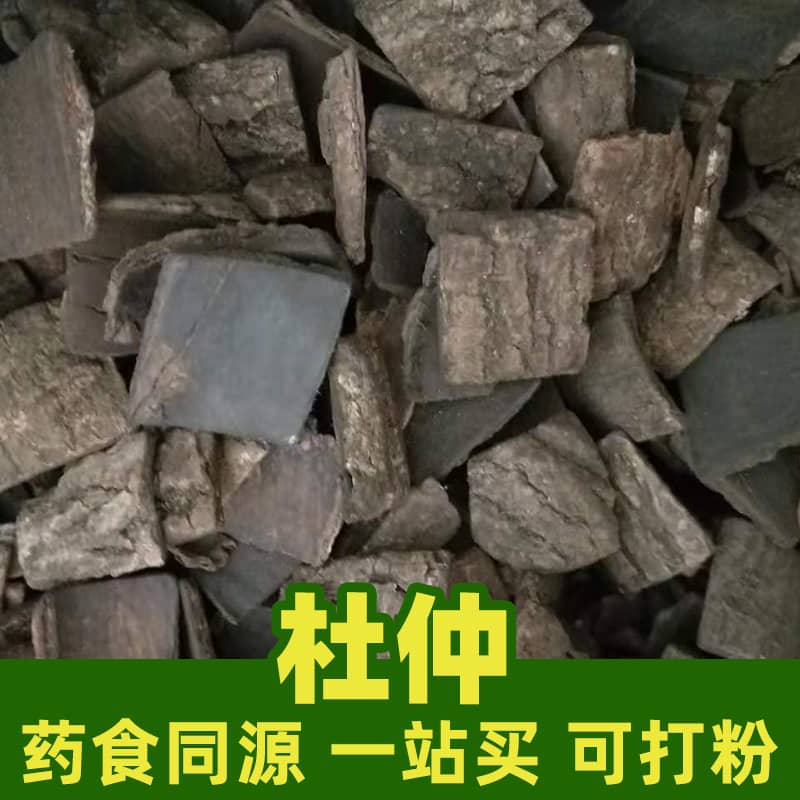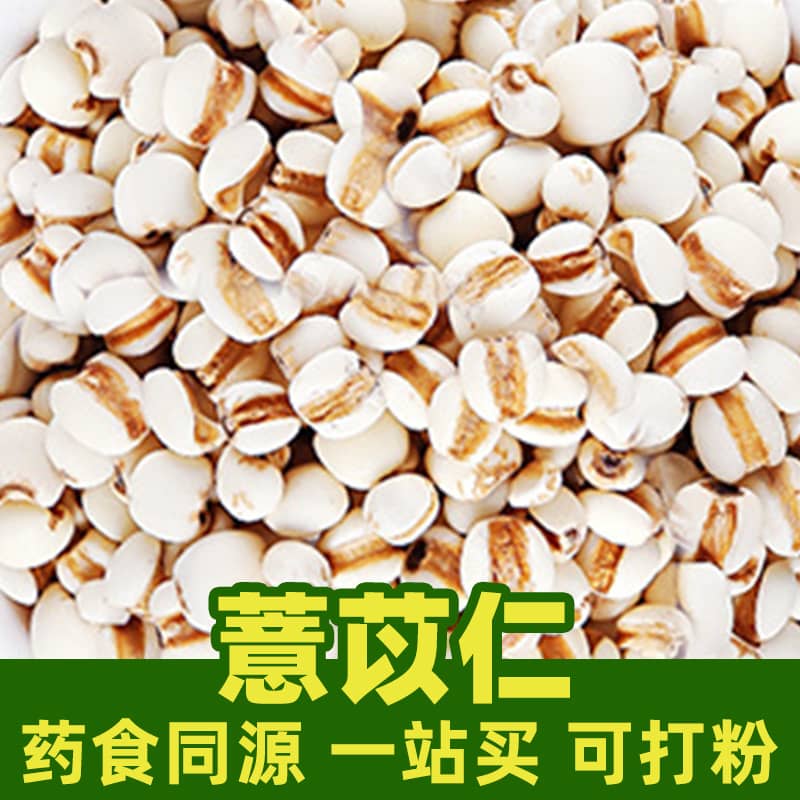Product Introduction
Ginkgo (scientific name: *Ginkgo biloba*) is a versatile plant known for its medicinal properties and unique characteristics. It is native to China but has been introduced to various regions worldwide. The primary active components found in ginkgo include ginkgolides and flavonoids, which are known for their beneficial effects on health. Ginkgo is widely utilized in traditional medicine to enhance memory, improve blood circulation, and provide antioxidant support. Its leaves, seeds, and fruits all possess different medicinal values and are often processed into herbal remedies or dietary supplements. Due to its effectiveness in supporting cognitive function and overall health, ginkgo has become a popular natural supplement among various populations including seniors, students, and professionals.
Main Active Ingredients of Ginkgo
Ginkgo contains several active components that contribute to its medicinal properties:
- Ginkgolides: These are among the primary active ingredients found in ginkgo leaves. They exhibit anti-inflammatory, antioxidant properties and can inhibit platelet aggregation, which supports cardiovascular health.
- Flavonoids: Ginkgo is rich in flavonoids such as quercetin and kaempferol that provide antioxidant effects helping to protect cells from oxidative stress while also improving blood flow.
- Terpenoids: This group includes compounds like bilobalide which contribute to ginkgo’s neuroprotective effects and help enhance cognitive function.
- Amino Acids: Ginkgo contains essential amino acids that play crucial roles in metabolic processes and overall health maintenance.
- Organic Acids: Various organic acids present in ginkgo can aid digestion and have potential antimicrobial properties.
- Fatty Acids: Ginkgo also provides unsaturated fatty acids that are important for maintaining heart health.
- Minerals: Rich in essential minerals such as calcium, iron, potassium which are vital for bodily functions including bone health and oxygen transport.
These active ingredients work synergistically to provide ginkgo with its therapeutic benefits. Research indicates that ginkgo can help improve cognitive function, enhance blood circulation, prevent age-related decline in mental capacity, and alleviate symptoms of anxiety and depression.
Product Application Scenarios, Usage, and Dosage
Ginkgo has extensive applications in both traditional medicine and the food industry:
- Applications in Traditional Medicine:
- Cognitive Enhancement: Ginkgo is frequently used to support memory improvement and cognitive function; it is often included in formulations for elderly patients experiencing mild cognitive impairment.
- Circulatory Support: The extract promotes blood flow making it beneficial for treating ischemic cerebrovascular diseases or peripheral vascular disorders.
- Antioxidant Properties: Ginkgo's antioxidant capabilities make it useful for addressing inflammatory conditions while reducing oxidative stress-related damage.
- Mood Regulation: Extracts from ginkgo may help alleviate symptoms of anxiety or depression contributing to emotional well-being.
- Dosage Recommendations:
- Decoction: Dried ginkgo leaves can be used at a dosage of 5-10 grams per serving brewed into tea taken 1-2 times daily.
- Extracts: Common forms include tablets or capsules; typical dosages range from 120-240 mg of standardized extract taken daily divided into two or three doses.
- Topical Use: Ground dried ginkgo can be mixed with carriers like oils or creams for external applications based on specific needs.
- Applications in Food Industry:
- Ginkgo extracts are often added to health supplements aimed at enhancing immunity or promoting cardiovascular health.
- Functional beverages may incorporate ginkgo extract providing consumers with health-oriented drink options.
- In baking or cooking, ginkgo powder can be used as an ingredient to boost nutritional content while adding unique flavors.
In summary, ginkgo holds significant value across both traditional medicine food sectors; its usage requires careful dosage adjustments based on individual needs ensuring quality effectiveness while minimizing adverse reactions.
Introduction to the Source Plant, Distribution, and Growth Environment
Ginkgo (*Ginkgo biloba*) is an ancient deciduous tree known as a "living fossil." It belongs to the Ginkgophyta division and is the only surviving member of the order Ginkgoales. Below is detailed information regarding its source plant distribution growth environment:
- Plant Description:
- Ginkgo trees can grow up to 50 feet tall with a straight trunk; they have distinctive fan-shaped leaves that turn bright yellow in autumn.
- The tree produces small yellow-green flowers which develop into fleshy seeds encased within a fruiting husk that emits a strong odor when ripe.
- Distribution:
- Native to China where it has been cultivated for thousands of years primarily found north of the Yangtze River including provinces like Shandong Anhui Henan Hubei Shaanxi.
- It has also been introduced globally thriving in temperate regions including Japan Korea United States Europe where it is commonly planted as an ornamental tree.
- Growth Environment:
- Preferring sunny moist environments ginkgos thrive best in well-drained fertile soils but can tolerate various soil types including sandy loam clay.
- They adapt well to urban environments showing resilience against pollution making them popular choices for city landscaping parks gardens.
- Growth Characteristics:
- Ginkgos grow slowly but have long lifespans often living over a thousand years; they are hardy trees capable of surviving harsh winters.
- Their growing season typically spans from April through October with peak growth occurring during warm summer months when sunlight availability is high.
In summary, ginkgo represents an important tree species native to China known for its adaptability thriving under suitable climatic soil conditions contributing valuable ecological benefits while providing numerous health advantages through their medicinal properties.
Harvesting Processing and Storage of Ginkgo
The harvesting processing storage of ginkgo requires specific techniques to ensure its efficacy quality throughout use:
- Harvest Timing: The seeds typically mature during autumn months around September through October when they turn yellow indicating ripeness.
- Harvesting Method: Careful collection involves removing seeds from trees using gentle methods; harvested seeds should be handled delicately to avoid damage while ensuring cleanliness during collection processes.
- Processing Steps: After harvesting seeds must be cleaned thoroughly removing any remaining fruit pulp before drying them properly either through air drying or controlled temperature methods ensuring maximum potency while preventing spoilage.
- Drying Method: Properly processed seeds require drying reducing moisture content preventing mold spoilage; choose well-ventilated sunny areas for air drying or control temperature/time during mechanical drying methods.
- Storage Conditions: Once dried store ginkgo seeds in cool dry ventilated areas avoiding direct sunlight high humidity preventing degradation quality loss due to moisture exposure.
- Avoid Mixing: During storage keep them away from strong odors harmful gases ensuring integrity while separating them from other herbs prevents cross-contamination issues affecting quality adversely.
- Regular Inspection: Periodically check stored materials for signs of moisture pest damage addressing any concerns promptly preserving efficacy quality throughout their use lifecycle.
By adhering closely to proper harvesting processing storage techniques it’s possible to maintain the medicinal effectiveness quality of ginkgo ensuring successful utilization within both traditional medicine applications ornamental settings alike.
Monica Sun is a seasoned expert in the natural raw materials industry, with over a decade of experience specializing in traditional Chinese medicinal herbs, spices, and fungi. She is skilled in the sourcing, processing, and application of these materials, emphasizing sustainability and innovation. Monica Sun has contributed to the development of high-quality natural raw materials that serve as essential components in functional foods, pharmaceuticals, and cosmetics, delivering tailored solutions to meet diverse market needs.









